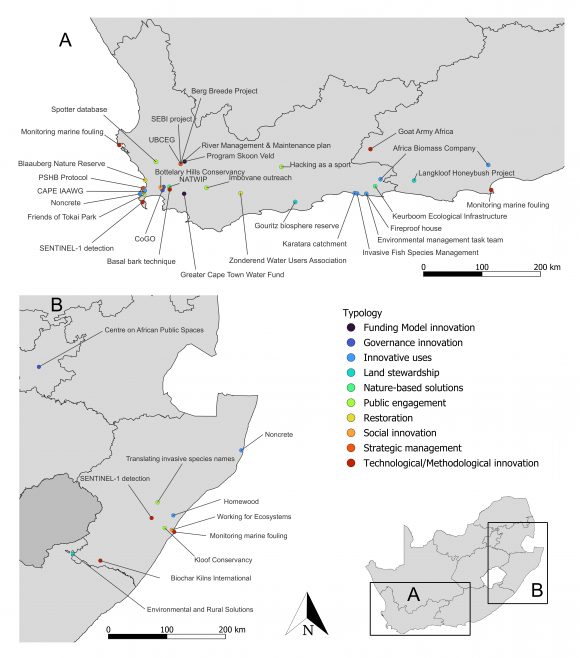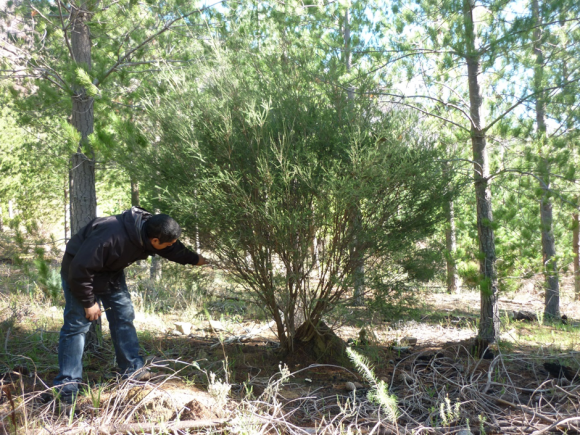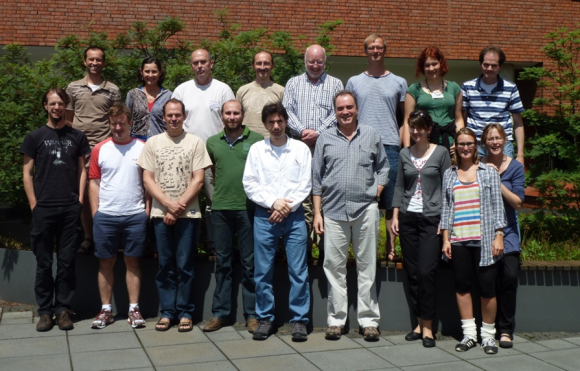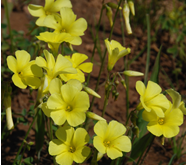Local, bottom-up innovations could transform how South Africa tackles invasive species. A new study highlights how marginal or bottom-up projects—called “Seeds of success”—are addressing this biodiversity crisis while also creating social and economic benefits.
Led by Julia van Velden of the Centre for Sustainability Transitions and co-authors from the Centre for Invasion Biology, the research examined 37 initiatives across South Africa. These ranged from turning invasive trees into biochar, to community-led clearing programs and public education campaigns. These diverse efforts were analysed for their potential to spark broader, transformative change in how invasive species are managed.
Invasive species threaten water, biodiversity and livelihoods across South Africa. Traditional top-down management approaches struggle to keep up, especially in developing countries with limited resources.
The study draws on the ‘Seeds of Good Anthropocenes’ a global project aimed at surfacing hopeful, transformative initiatives to examine how these ‘seeds’ might reshape invasive species management in South Africa. Seeds, especially those tailored to local realities—represent scalable, adaptable and context-sensitive solutions which are experimenting with news ways of thinking and doing.
The researchers found that many of these initiatives show key indicators of transformative change, including innovation, co-production, and the ability to restructure systems. While no single initiative exhibited all indicators, taken together, the seeds form a diverse and complementary mosaic of change pathways. The study also identified five clusters of seeds, each representing different combinations of transformative strengths—such as collaborative stewardship, strategic scaling, or novel technological solutions.
However, the success of these seed initiatives depends on specific enabling conditions. Seeds that built broad collaborations, partnered with authorities, and engaged trusted mediators were more likely to thrive.
On the other hand, lack of government funding, inflexible regulations, and shortages of skilled personnel emerged as major barriers. These challenges often clustered together—especially when projects relied heavily on a single individual or lacked formal support structures.
Supporting these initiatives—through funding, collaboration and policy shifts—could unlock more resilient and equitable responses to the invasive species problem.
“What’s exciting is that we already have a rich foundation of ideas that are working,” said van Velden. “If we nurture them, they can grow into powerful tools for sustainable change.”

Read the full paper published in Biological Invasions
van Velden, J.L., Richardson, D.M., Beckett, H., Biggs, R. Identifying transformative seeds of success in invasive species management: South Africa as a case study. Biol Invasions 27, 168 (2025). https://doi.org/10.1007/s10530-025-03623-3
For more information, contact Dr Julia van Velden at juliavanvelden@sun.ac.za



